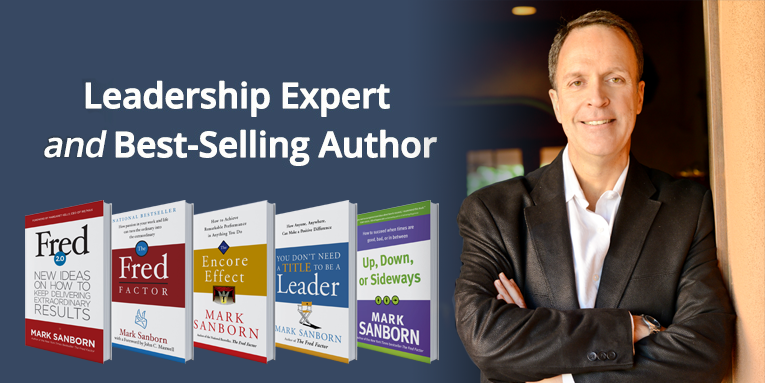 By Paul Moya, Sanborn and Associates, Inc.
By Paul Moya, Sanborn and Associates, Inc.
What happens when you offer many products and give people more choices? The logical answer for most is that this approach increases the customers’ ability to choose exactly what they want, resulting in more sales and happier buyers. However, the truth might actually surprise you.
Professor Sheena Iyengar of Columbia University conducted a now famous research study where her and her team offered samples of Wilkin and Sons jams. The team alternated between offering a mix of 24 jams and 6 jams every few hours. In addition, every customer was also given $1 coupons to help eliminate price as a factor. As you might expect, more people came to sample when there were more jams on the sample table. In fact, 60 percent of the people sampled while there were 24 samples and only 40 percent sampled when there were 6 jams. Yet, the part that you might not expect is that 30% of the people who sampled from the small assortment purchased jam while only 3% of the people who sampled from the large assortment made a purchase. Feel free to read that line again–and, yes, it’s true.
So what happened? Well, according to Professor Iyengar “people might find more and more choice to actually be debilitating.” It seems counterintuitive, but when you think about the last time you made a choice off a lunch menu of what seemed like 500 items, you know exactly what I am talking about.
These results are nothing new for companies like Apple and Toyota. They have used this approach for years to thrive in good times and survive in bad times. Today Toyota Motor Company owns three lines: Lexus, the luxury line, Toyota, the mid-level line, and Scion, the line for next generation consumers. Sure Toyota could have a multitude of lines–as many of their competitors do–but they too know that sales can decrease exponentially as options increase.
Steve Jobs practiced the same approach in his business. When he returned to Apple, he cut the product line from 15 products to only 4. Today, when you walk into an Apple store there is more empty space than there is product space–and this is intentional. Apple offers great products with limited choices (“Do you want a 13” MacBook or a 15” MacBook?”) and they sell them like hotcakes.
In your business, focus less on the selling a multitude of products and, instead, focus more on selling fewer products better. If you own a software company, offer three packages instead of seven; if you sell retirement plans, focus in on a couple and explain the differences very clearly; and if you are a leader trying to get your team to make a decision, limit the options and instantly increase the buy-in and decision-making abilities of all involved.
Next time you are having to reevaluate your product line or the options in front of your employees, ask yourself how much jam you are offering. I force myself to ask this question all the time and it keeps me focused on one simple goal: offer less, sell more.








